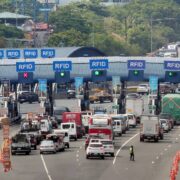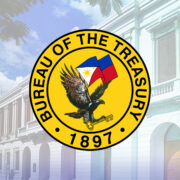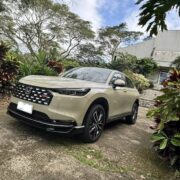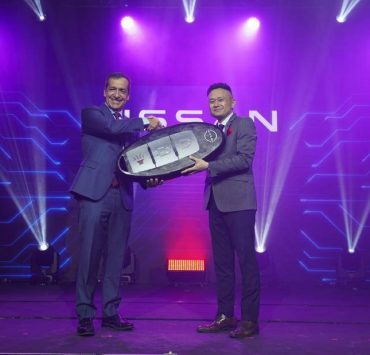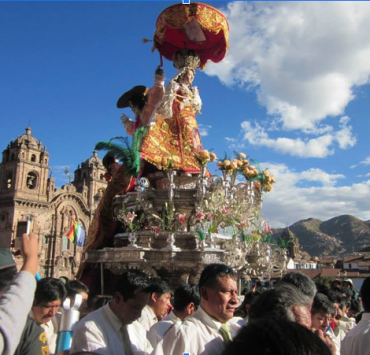65 going on 45, a long-running AUV story
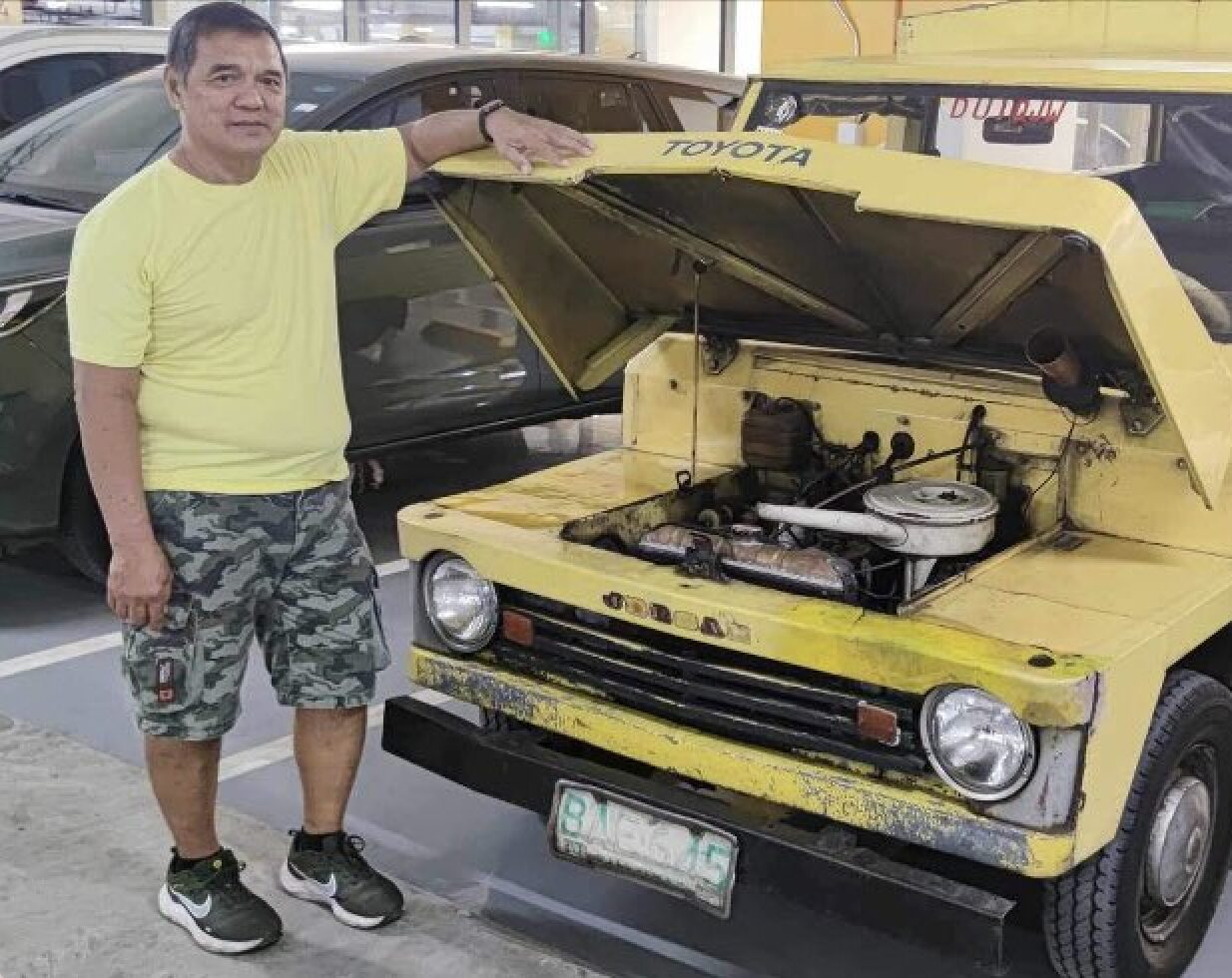
When did you last see a running Toyota Tamaraw, the one before the FX era, when it went head-to-head (or shall we say locked horns) with its fellow AUV icons Ford Fiera and Mitsubishi Cimarron?
The original Toyota Tamaraw was sold in the Philippines starting in the mid-1970s. Designed in Japan, the Tamaraw quickly became a well-loved Asian utility vehicle (AUV) here in the Philippines for its versatility, endurance, and reliability. An original version of the Tamaraw that’s still running today would be a remarkable—and quite rare—sighting, indeed.
Well, if you do come across a Tamaraw in the Quezon City area and you’re both headed northward, chances are its driver is 65-year-old Jeremias B. Rivas Jr., and he’s taking his two grandsons either to Pangasinan or Baguio City on board his 45-year-old Tamaraw HSPU with Roof De Luxe (high side pickup).
You read it right. Jeremias, or Jerry, has the guts to drive an over-four-decade-old vehicle up the country’s most challenging mountain passes, with his grandkids in tow at that.
Such is his trust and faith in his Tamaraw, which he said he bought brand-new in 1979—he still has the sales receipt for it—for exactly P32,330.25 at Autosphere Inc., where Toyota Quezon Avenue now stands. That amount in 1979 is roughly equivalent to P900,000 in today’s rates, adjusted for inflation.
For 26 years, from 1979 to 2005, Jerry said he used his Tamaraw to deliver rice to customers in Metro Manila. He would load up to 25 50kg sacks at a time, which was already beyond the vehicles’ rated capacity. But he knew the Tamaraw could take it. And that’s how Jerry’s business went, nearly every day, for 26 years: His livelihood depended solely on his one-and-only AUV going the extra mile and extra load to make ends meet. And Jerry swears not once did his Tamaraw give up on him.
Once a month, starting in 1980 up to now, Jerry would drive his Tamaraw to Urdaneta in Pangasinan. In that span of 44 years (and counting), not once did his Tamaraw stall. “Except for a flat tire,” Jerry quips. Jerry proudly shares that his Tamaraw could still run up to 100 kph on the expressways.
He says that the Tamaraw is still “in very good condition.” As proof, he says that he still uses the vehicle to take his two grandkids (aged 17 and 4) to school daily, to Pangasinan once a month, and to Baguio City once a year.
No intention to sell
What makes Jerry’s Tamaraw much more remarkable is the “stock-ness” of the vehicle. It has remained essentially the same from the day it was sold. Jerry says no conversions were ever done, and parts are all original. “They can check for the original emblem of Toyota Motors Japan, the original Toyota sticker. I had bought original Toyota wipers to replace the old one.” The engine was overhauled only once, in 2001.
“A lot of people ask if I am selling it. I told them that this is already priceless and has sentimental value. It even retains the original paint color, Sebring Yellow,” Jerry explained.
“I am going to teach my grandsons to drive this Tamaraw,” he added.
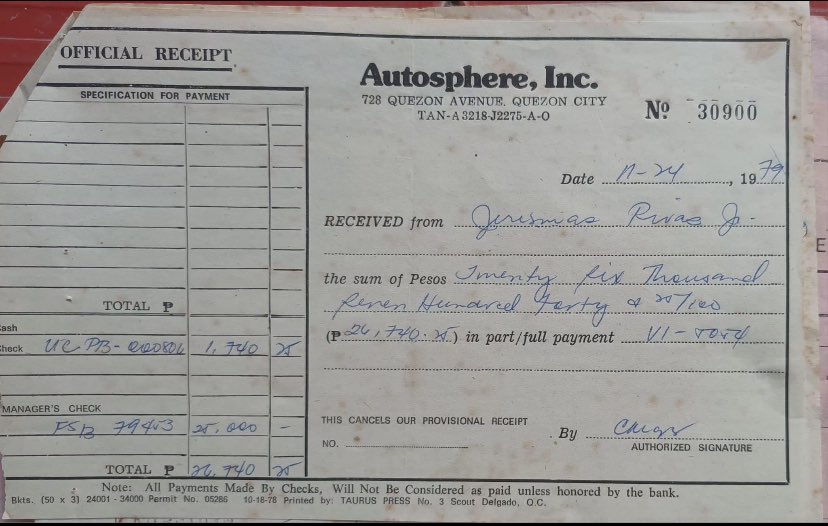
Not for display
Jerry said that when he went to the Land Transportation Office to renew his Tamaraw’s registration, he learned that vehicles 40 years and older would be issued vintage plates, provided that there were no conversions and all parts were original. “I told them my Tamaraw would pass the requirements. Then the LTO wanted my Tamaraw to be on display. I told them, ‘But I still use it every day. I can’t use it if it’s displayed in a showroom,’” he laughed.
Its own mechanic
Jerry’s Tamaraw has impacted his life in other ways, too. He said that he had no engineering background. But because he had been using his Tamaraw for so long, he had already grown to know the vehicle inside and out, effectively becoming its own mechanic, troubleshooter, and detailer in one. “It also helps that the Tamaraw is easy to troubleshoot, there are still plenty of spare parts, and the mechanisms aren’t complicated,” he said.
Sturdiest of them all
Jerry acknowledged, though, that the absence of an aircon could be a real bummer (especially with last summer’s exceptionally unbearable weather). But he said he and his grandkids have grown used to the heat.
“We’re still the coolest vehicle in the school’s parking lot, because with one look at our Tamaraw, people say ours is the sturdiest of them all.”
Big shoes to fill
Jerry’s long-running story with his OG Tamaraw puts into proper perspective the type of expectations we have on Toyota’s looming launch of the new iterations of the Tamaraw. We were given up-close looks of 8 next-generation Tamaraw prototypes during the 17th Toyota Roadtrek at Samal Island last May 15 to 17. These included pickups, a delivery vehicle for various goods, FX cabs, an ambulance and a police patrol. Aside from being a manufacturing base for the Vios and Innova, it was announced this January that Toyota Motor Philippines’ Santa Rosa plant will also be the hub for the next-generation Tamaraw. It was also announced that TMP would be spearheading its new completely knocked down model Tamaraw, the prototype of which was unveiled to the public in August 2023.
Will the new Tamaraw match the OG Tamaraw in terms of durability, endurance, and reliability? Only a lot of time, and millions of kilometers, can tell.




